12 Ways For Teachers To Save Time In The Classroom
Implementing the instructional process of formative assessment can actually maximize learning and help teachers save time in the classroom.
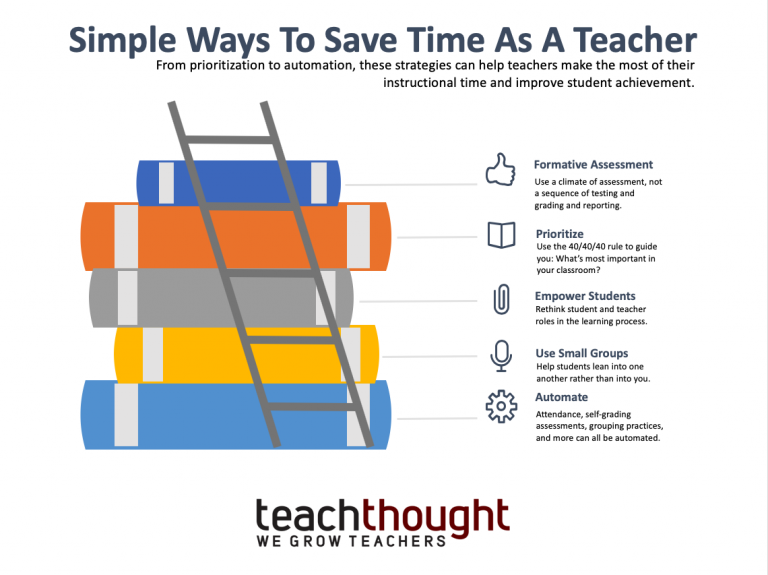
Implementing the instructional process of formative assessment can actually maximize learning and help teachers save time in the classroom.
A ‘gap year’ occurs when a student takes time off from formal education–usually between graduation from high school and beginning college.
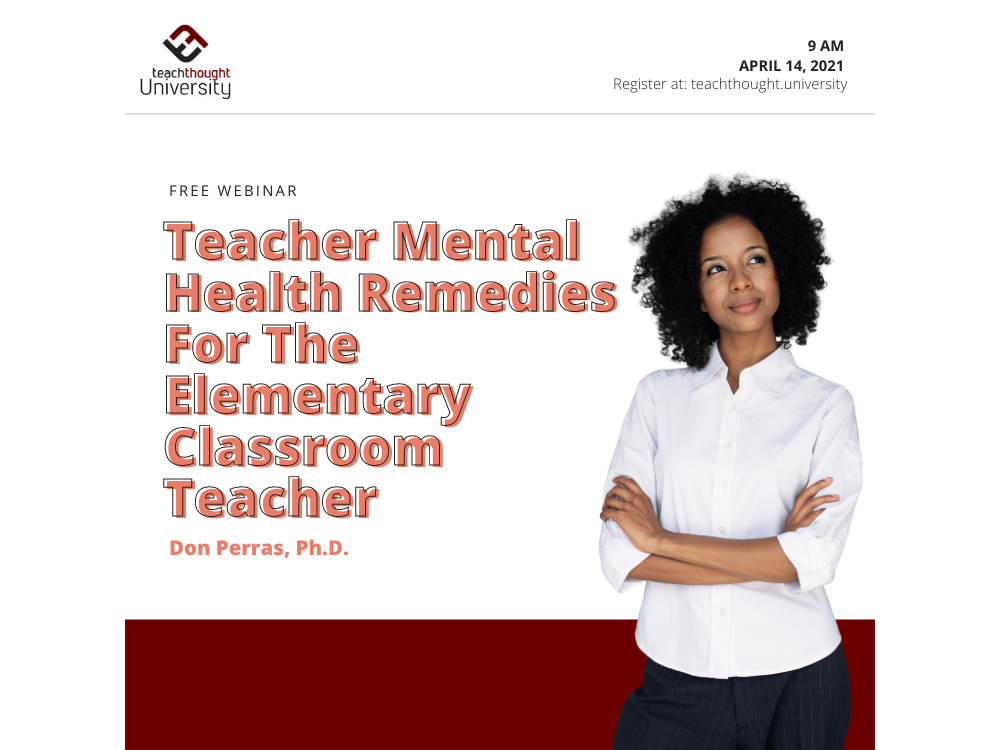
This webinar on teacher mental health in the elementary classroom will explore internal and external factors and strategies to thrive.
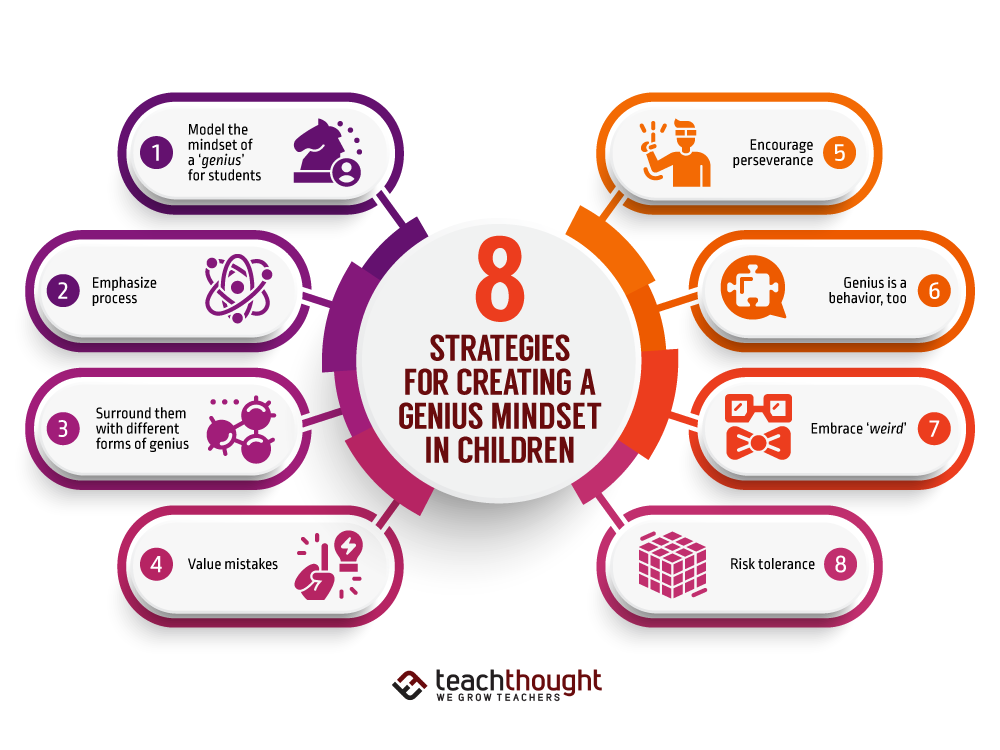
Genius requires one to reject convention in pursuit of something special through a mix of intelligence, creativity, mindset, and perseverance.
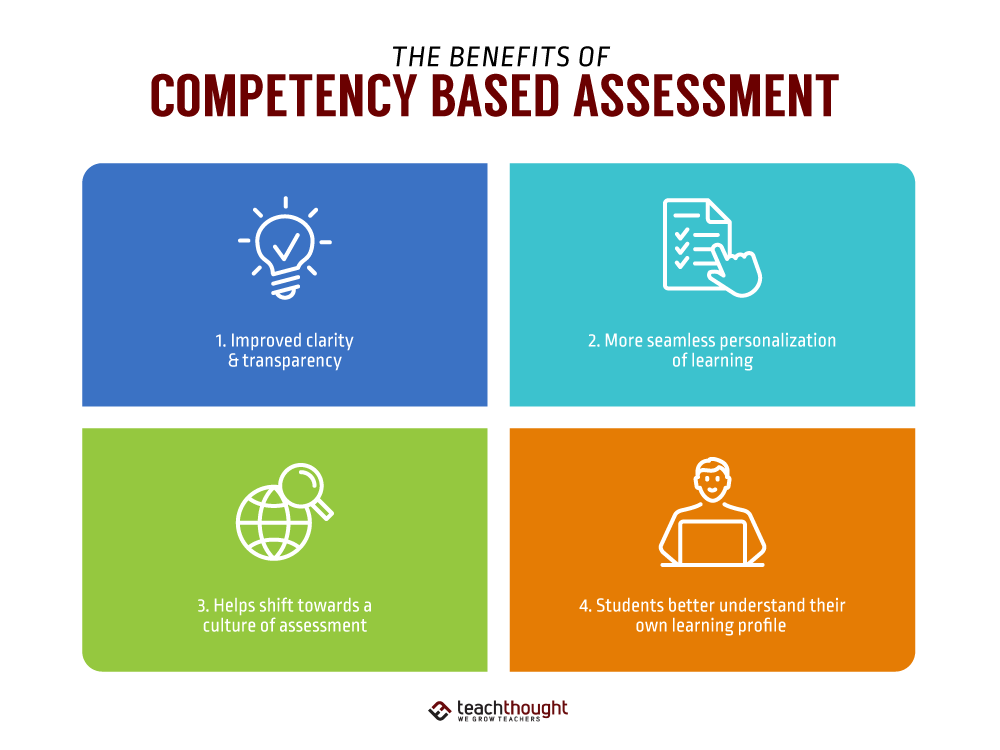
Competency-based learning provides students clear feedback about specific competencies and skills gained over time.

The XP-Pen drawing tablets have a range of applications in physical, blended, or remote learning environments.
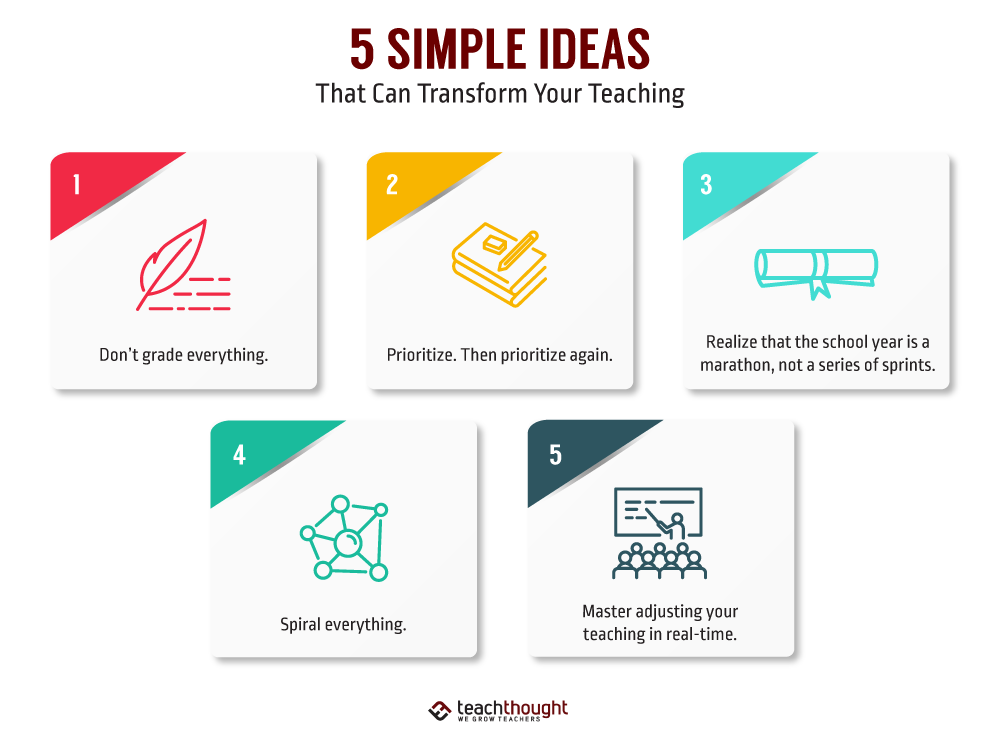
The school year is a marathon, not a series of sprints. You have longer than you think to help students learn by transforming your teaching.

From project-planning and design to ideas for projects to video streaming, here are some of the best project-based learning apps.
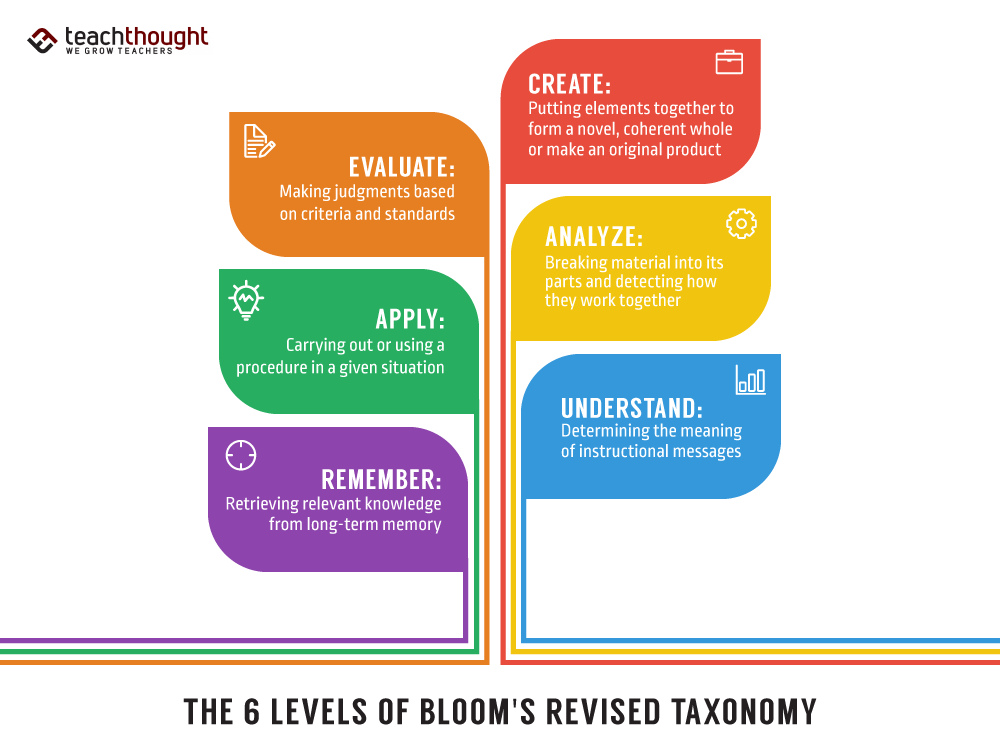
Bloom’s Revised Taxonomy is an update that, among other changes, revised the language and hierarchy of the Cognitive Process Dimension.
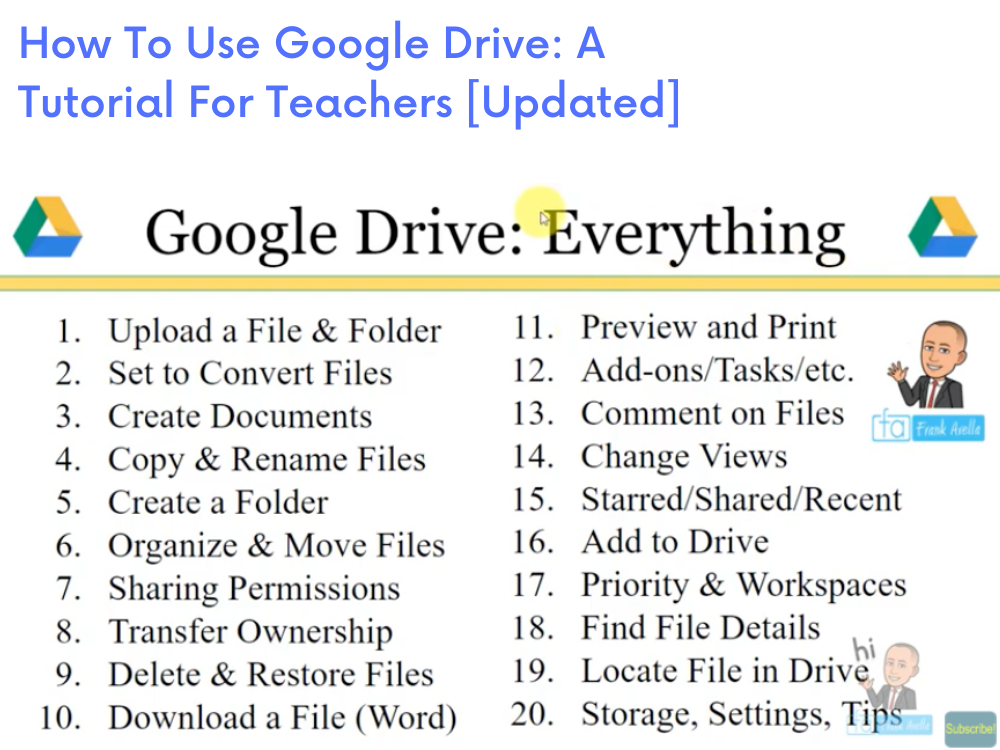
One of the most common uses of the cloud in today’s classroom is word processing–which brings us to Google Drive.
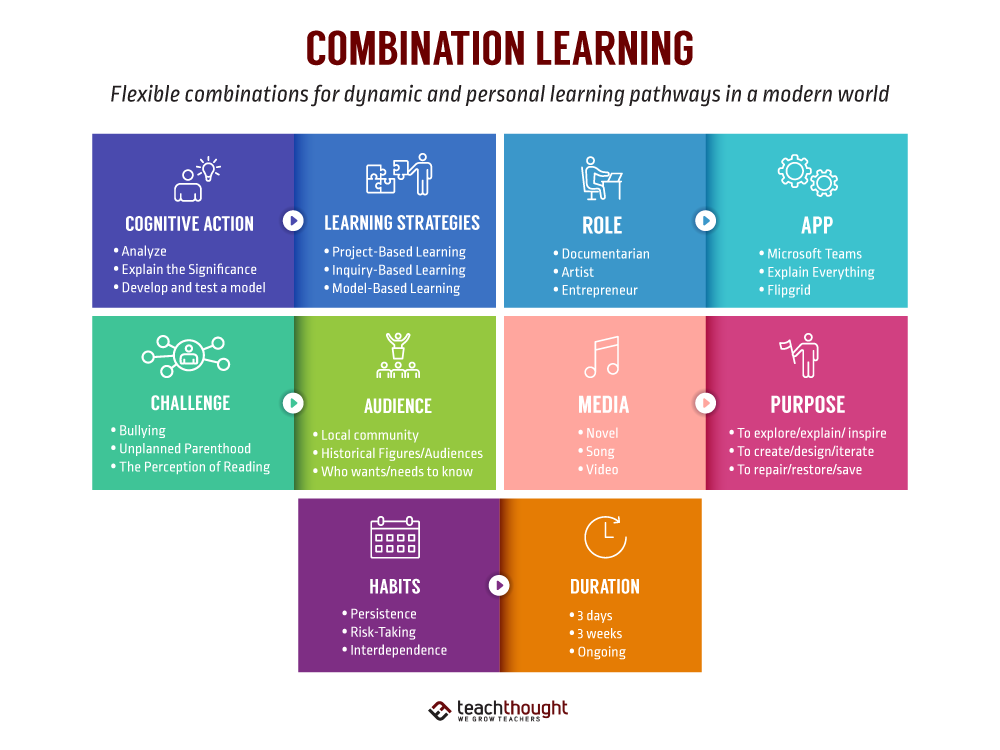
The definition of Combination Learning is learning through the flexible combination of two or more learning components.
No matter what subjects we teach, there are ways to erase the lines between disciplines and create a dynamic, holistic learning environment.